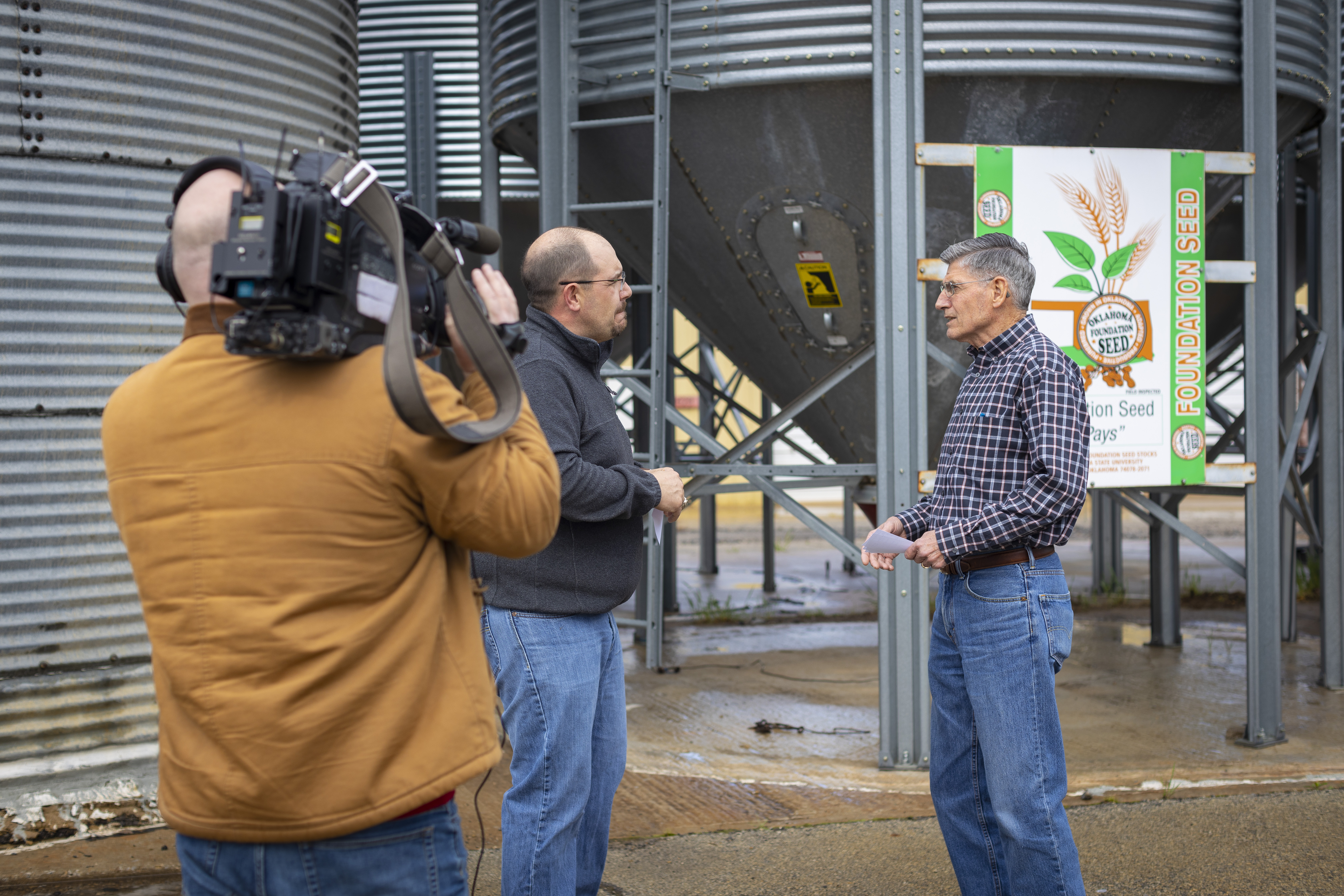
This week on SUNUP is Dr. Kim Anderson, Oklahoma State University Extension grain market economist. During this week's edition, Anderson talks about the 2022 wheat crop and conditions for the upcoming 2023 crop.
“The 2022 Oklahoma wheat crop is in the bin and about 60 percent of that wheat has been sold,” Anderson said. “Farmers are now getting ready to plant to the 2023 wheat crop. In 2022, farmers planted 4.3 million acres of wheat, and because of the drought, they only harvested 2.7 million acres.”
As for 2022 wheat crop prices, Anderson said when we came into harvest in early June, wheat prices in Oklahoma were around 11 dollars.
“As we progressed into the harvest and got into late June, it got down to around 8 dollars,” Anderson said. “Since late June through today, they have been between $7.80 and $8.50.”
On average, Anderson said Oklahoma harvests around 100 million bushels and the United States harvests around 1.8 billion bushels. The world, he added, harvests around 28 billion bushels and this year is projected to harvest 28.6.
“The United States produces about 6 percent of the world’s wheat and exports about 11 percent of that wheat,” Anderson said. “Russia and Ukraine are important in the world market. Russia produces about 11 percent of the world’s wheat and Ukraine 3 percent, but together they export about 30 percent of world exports.”
For 2023, Anderson said expectations for forward contract price for wheat is $8.10 and the average price is around $5.50. In the panhandle that price is at $8.30, Anderson added, and southern Oklahoma is around $7.70.
“You look at the cost of production, you have got 80 percent price increase for Nitrogen, 60 percent increase price for diesel, and 25 percent increase for your machinery,” Anderson said. “So, we have got higher costs and higher prices on our receiving end, but our cost of production is about $7.75 an acre. You can compare that to about $5.75 a few years ago.”
The higher prices, Anderson said, can be credited to Covid and the Russia and Ukraine war.
“We have got those increased exports and we have got improved transportation systems, so our prices have fallen back down to the 8-dollar level,” Anderson said.
Going forward for 2023 plantings, Anderson said for all commodities in Oklahoma, the weather is going to need to cooperate for producers to make a profit.
This week on SUNUP:
• We take a look back at some of our favorite Cow-Calf Corner segments with OSU Extension beef cattle breeding specialist Mark Johnson.
• Wes Lee, OSU Extension Mesonet agricultural coordinator, discusses the that latest rainfall events in the state. State climatologist Gary McManus updates the drought monitor map.
• Kim Anderson, OSU Extension grain marketing specialist, breaks down the latest news in the crop markets.
Join us for SUNUP:
Saturday at 7:30 a.m. & Sunday at 6 a.m. on OETA-TV
YouTube.com/SUNUPtv
SUNUP.okstate.edu














